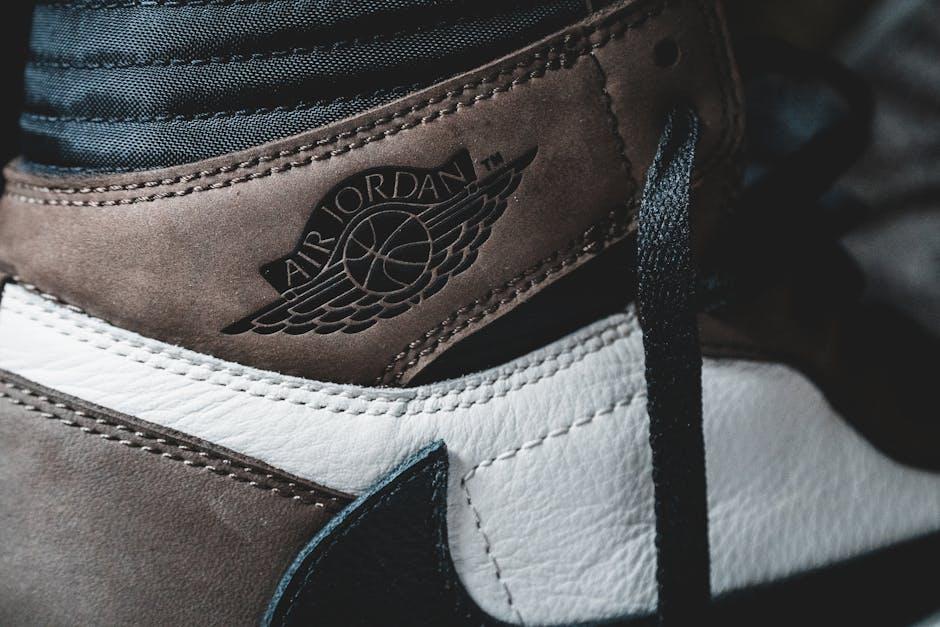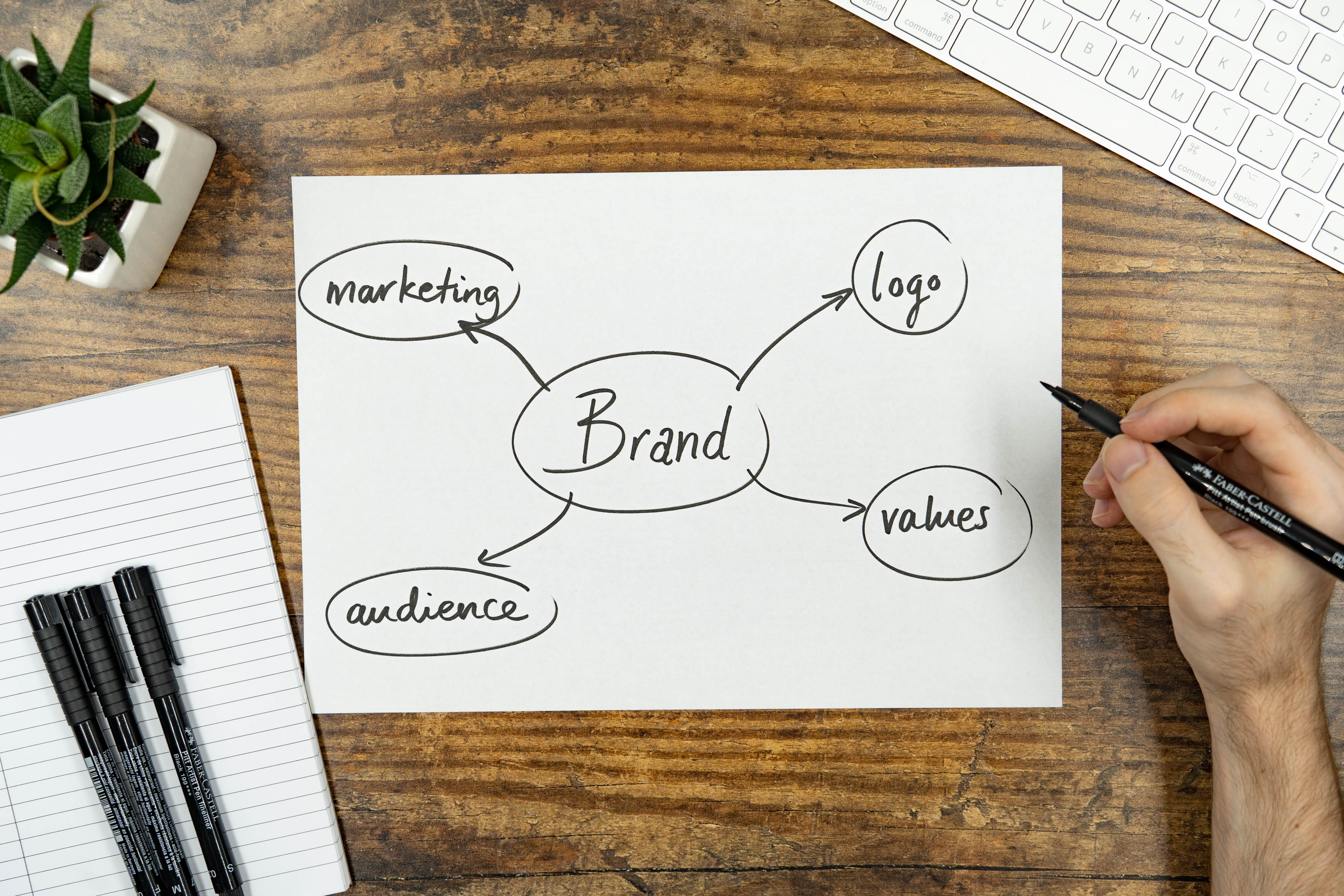
In a world where trends come and go faster than you can say “Y2K,” logos are the unsung heroes of adaptation. From simple text to elaborate graphics, these symbols have undergone more transformations than Cher at a farewell tour. Join me on a journey through the evolution of logos in society, where we explore how these little emblems have managed to stay relevant in an ever-changing world. So grab your magnifying glass and get ready to decode the latest fashion in branding – because these logos are serving up some serious face lift realness.
Origin of Logos in Society
Logos have been an integral part of our society for centuries, popping up everywhere from corporate brands to superhero emblems. But where did these iconic symbols first originate? Let’s dive into the fascinating history of logos in society.
One popular theory suggests that logos were first used by ancient civilizations as a way to distinguish one clan or tribe from another. Imagine cavemen putting their own unique symbols on their caves to show off their style and flair. Who wore it best: Neanderthals or Cro-Magnons?
As societies became more organized, logos evolved into crests and emblems for royal families and noble houses. Imagine a medieval knight riding into battle with a logo on his shield that says, “I slay dragons and look dashing while doing it.” Talk about making a bold fashion statement on the battlefield.
Fast forward to modern times, where logos are now everywhere you look - on clothes, cars, even your morning coffee cup. Brands like Nike, Apple, and McDonald’s have turned their logos into cultural icons. It’s amazing to think that a simple swoosh or golden arches can become so ingrained in our daily lives. Maybe one day, aliens will visit Earth and recognize us by our logos instead of our silly hairstyles.

marketing-and-branding”>Evolution of Logos in Marketing and Branding
Throughout the years, logos have undergone quite the transformation in the world of marketing and branding. From simple designs to more intricate and eye-catching creations, the evolution of logos has been nothing short of fascinating.
One of the most notable changes in logo design is the move towards minimalism. Gone are the days of complex and cluttered logos, now it’s all about sleek and clean designs that are easily recognizable. Think Apple, Nike, or McDonald’s – these companies have embraced the less-is-more approach, and their logos speak volumes.
Another trend in logo evolution is the incorporation of hidden meanings or Easter eggs. Companies are getting more creative with their designs, adding subtle elements that give their logos an added layer of significance. Take the FedEx logo, for example – did you know there’s an arrow hidden between the “E” and the “x”? Mind blown!
With the rise of social media and digital marketing, logos have also had to adapt to fit various platforms and devices. Companies are now creating responsive logos that can be easily resized and still look great on everything from a tiny smartphone screen to a mammoth billboard. It’s all about staying relevant in a fast-paced, ever-changing world.

Digital Age and the Impact on Logo Design
In this fast-paced digital age, logo design has taken on a whole new meaning. With the rise of social media and online platforms, having a strong logo has become more important than ever. Gone are the days of designing a logo solely for print – now logos need to be versatile enough to look good on Instagram, Twitter, and even TikTok!
- Logos now need to be scalable to fit on different screen sizes
- They need to be recognizable in a tiny profile picture
- They need to look good in both light and dark mode
But fear not, designers! With great power comes great responsibility – and the digital age has given us some pretty cool tools to up our logo game. From Adobe Illustrator to Canva, there are endless possibilities for creating the perfect logo for any online platform.
So next time you’re designing a logo, think about how it will look on a smartphone screen or a Twitter header. Because in the digital age, your logo isn’t just a symbol - it’s your online identity!

Cultural Influence on the Transformation of Logos
Have you ever noticed how logos have changed over time to reflect different cultural influences? It’s like they’re trying to keep up with the latest trends, just like the rest of us. Let’s take a closer look at how culture has shaped the transformation of logos.
One major way culture has influenced logo design is through the use of colors. Different cultures associate different meanings with colors, so companies have to be careful when choosing the right hues for their logos. For example, in Western cultures, blue is often associated with trust and professionalism, while in Asian cultures, it can symbolize immortality. It’s a tricky balancing act, but hey, at least it keeps designers on their toes!
Another way culture has impacted logos is through the use of symbols and icons. Companies often use symbols that are familiar to their target audience to create a sense of connection. Think about how McDonald’s golden arches are instantly recognizable around the world. It’s like a cultural handshake in logo form!
Overall, the transformation of logos is a reflection of our ever-evolving cultural landscape. So next time you see a logo that looks a little different than it used to, just remember that it’s all part of the cultural dance of branding. Who knew logos could be so culturally savvy, right?
Psychology and Consumer Behavior in Logo Adaptation
Have you ever wondered why certain logos make you want to buy a product without even realizing it? Well, that’s where psychology and consumer behavior come into play in logo adaptation. Let’s dive into the fascinating world of how logos can manipulate our minds!
One of the key factors in logo adaptation is color psychology. Different colors evoke different emotions and can subconsciously influence our purchasing decisions. For example, red is often associated with passion and urgency, making it a popular choice for sales and promotions. Meanwhile, blue conveys trust and reliability, which is why many banks and tech companies use it in their logos.
Another psychological trick in logo design is the use of shapes. Squares and rectangles convey stability and order, while circles represent unity and harmony. Brands often use these shapes strategically to appeal to consumers on a subconscious level.
Lastly, consumer behavior plays a crucial role in logo adaptation. By understanding consumer preferences and trends, companies can tweak their logos to stay relevant and appealing. Whether it’s adding a trendy font or simplifying a complex logo, brands are constantly adapting to consumer demands in the ever-changing market.
Challenges and Opportunities in Modern Logo Design Techniques
When it comes to modern logo design techniques, designers face a multitude of challenges and opportunities. With the ever-evolving landscape of design trends and technologies, staying ahead of the game requires a mix of creativity and adaptability.
One challenge designers often face is creating a logo that stands out in a crowded market. With so many brands vying for attention, it can be difficult to come up with a design that is truly unique. However, this challenge also presents an opportunity to think outside the box and push the boundaries of traditional design norms.
Another challenge designers encounter is balancing simplicity with creativity. While a minimalist logo can be sleek and sophisticated, it can also be difficult to convey a brand’s message in a simple design. This is where designers can get creative with typography, color schemes, and abstract shapes to make a lasting impression.
Ultimately, modern logo design techniques offer endless possibilities for designers to showcase their skills and create memorable brand identities. By embracing these challenges and opportunities, designers can push their creativity to new heights and make a lasting impact on the design world.
FAQs
Why do logos change over time?
Well, you see, logos are kind of like fashion trends – they need to stay fresh and relevant to keep up with the times. Just like how you wouldn’t wear bell-bottoms in 2021 (hopefully), companies don’t want to be stuck with an outdated logo from the ’80s.
How do companies decide when it’s time to update their logo?
It’s basically a mid-life crisis for logos. Companies start feeling like their logo is no longer representing who they are as a brand – maybe they’ve changed their values, or they want to appeal to a different audience. So, they hire a logo therapist to help them figure it out.
Is there a formula for creating a successful logo redesign?
There’s no secret potion or magic spell (trust me, I’ve looked). But generally, a successful logo redesign involves keeping the essence of the original logo while giving it a modern twist. It’s like giving your grandma’s recipe a millennial makeover – avocado toast, anyone?
How do consumers react to logo changes?
Consumers can be a tough crowd when it comes to logo changes. Some will embrace the new look with open arms, while others will wail and gnash their teeth like they’ve just seen a puppy in a rainstorm. But hey, change is hard for everyone, especially when it involves something as sacred as a logo.
Logos Evolving for a Brighter Future!
Well folks, it seems the age of static logos is coming to an end. With society constantly evolving, logos too must adapt to stay relevant and appealing. From simple designs to intricate masterpieces, the transformation of logos in society is truly a sight to behold.
As we move forward, let’s embrace the changes and keep an eye out for the next big logo evolution. Who knows what the future holds for these iconic symbols? One thing’s for sure – they’ll never be the same again!
So next time you see a logo, take a second to appreciate the thought and creativity that went into its transformation. After all, it’s not easy keeping up with society’s ever-changing tastes and trends.
Until next time, keep on evolving and may your logos always be on fleek!












